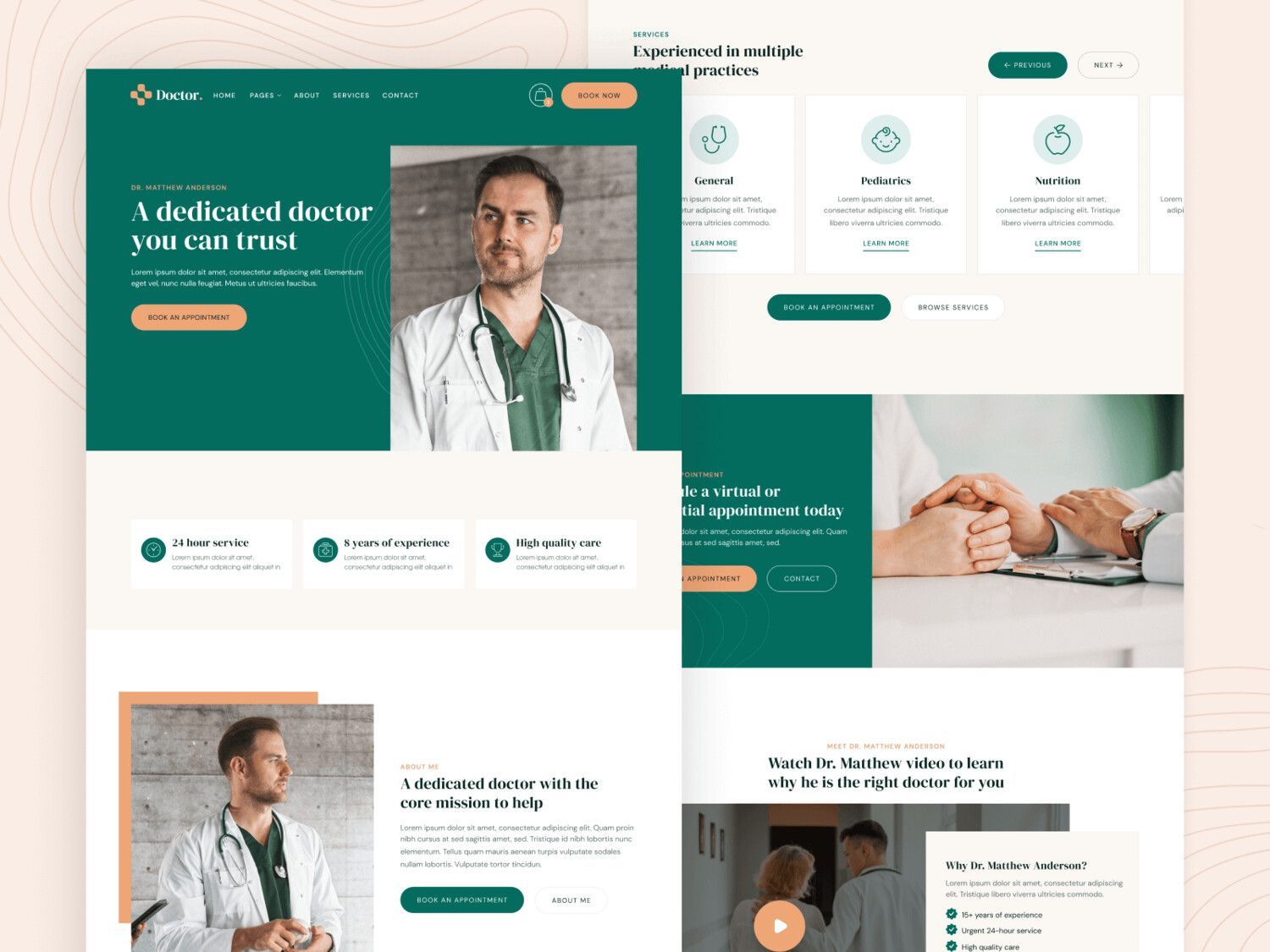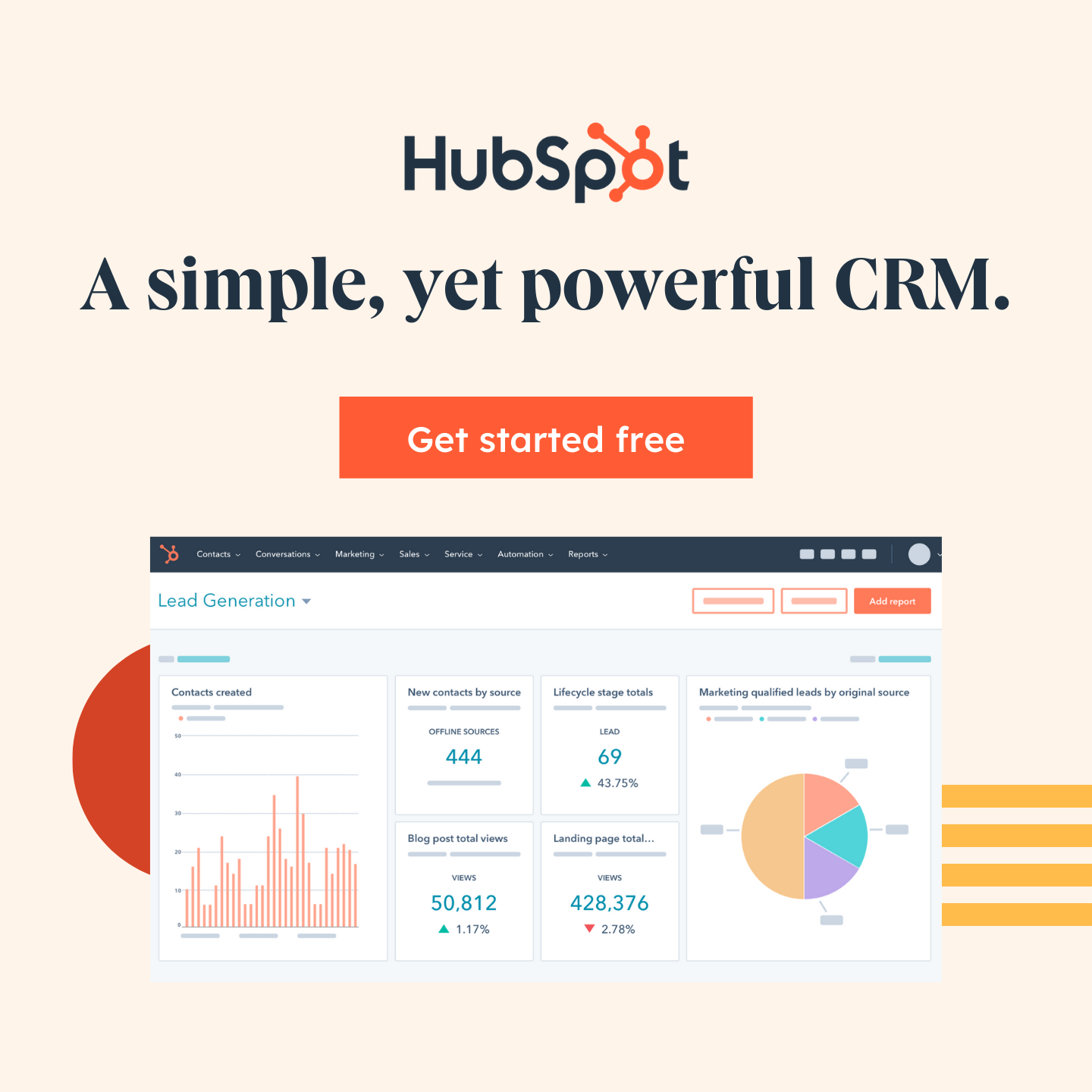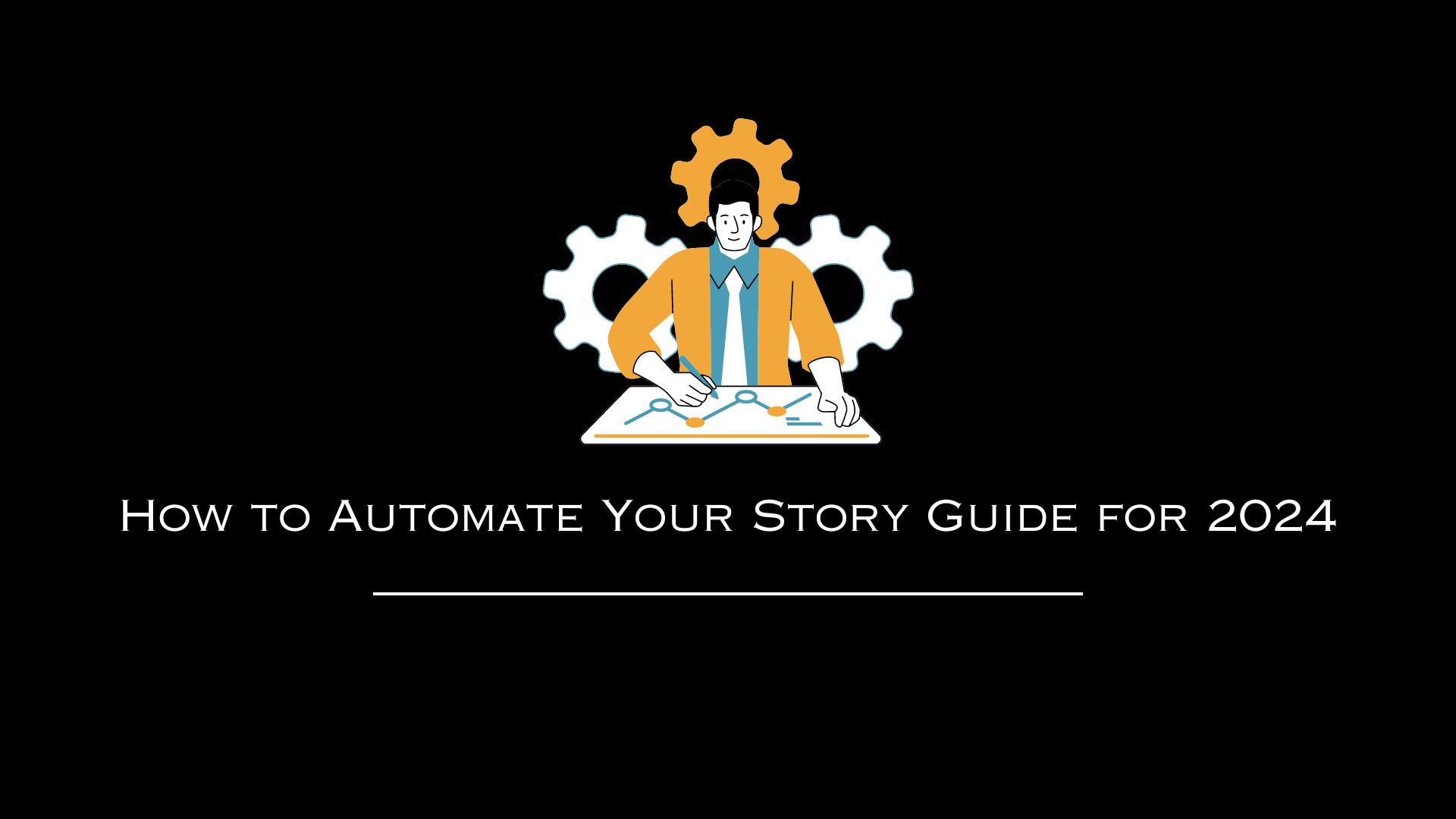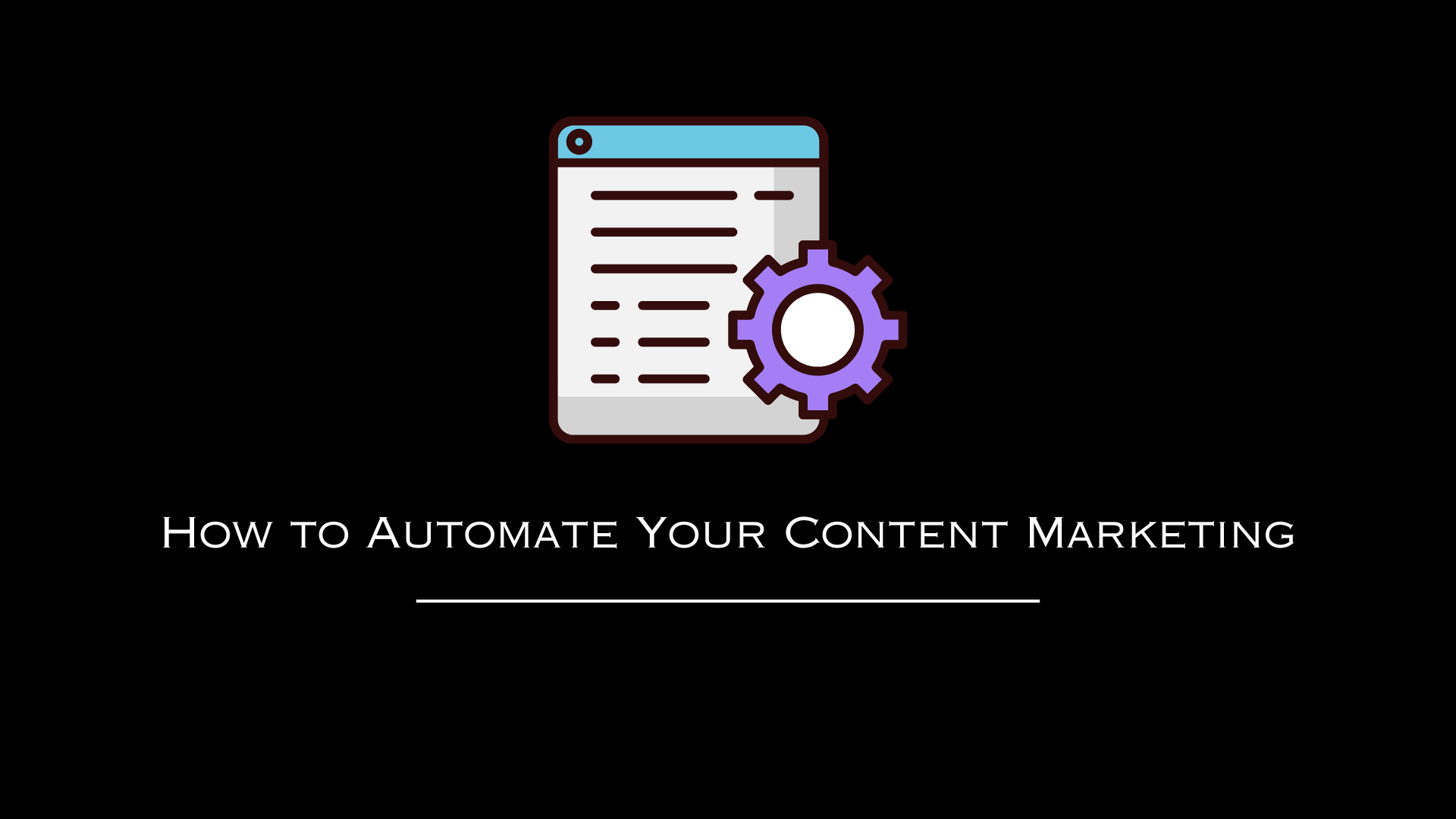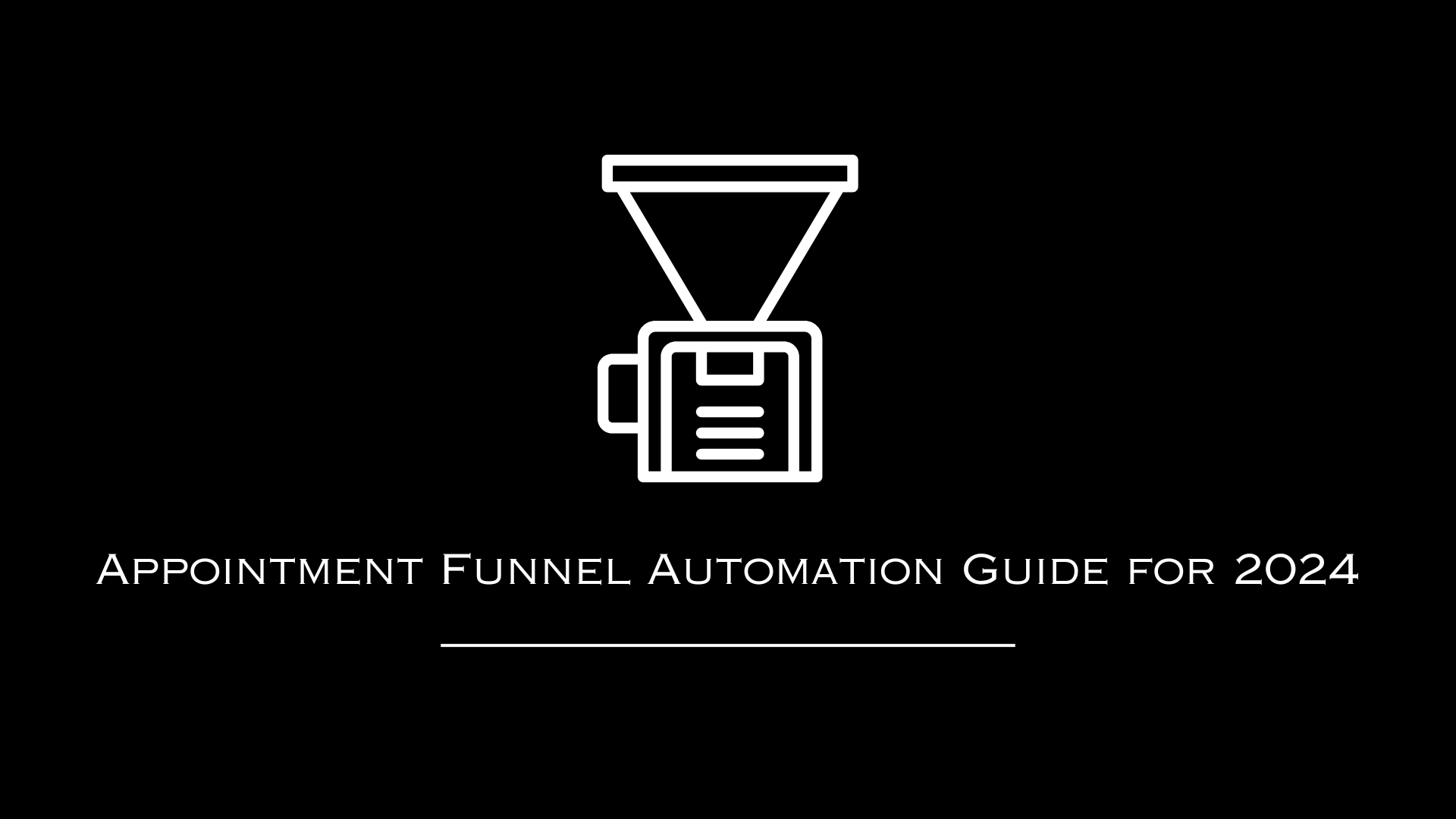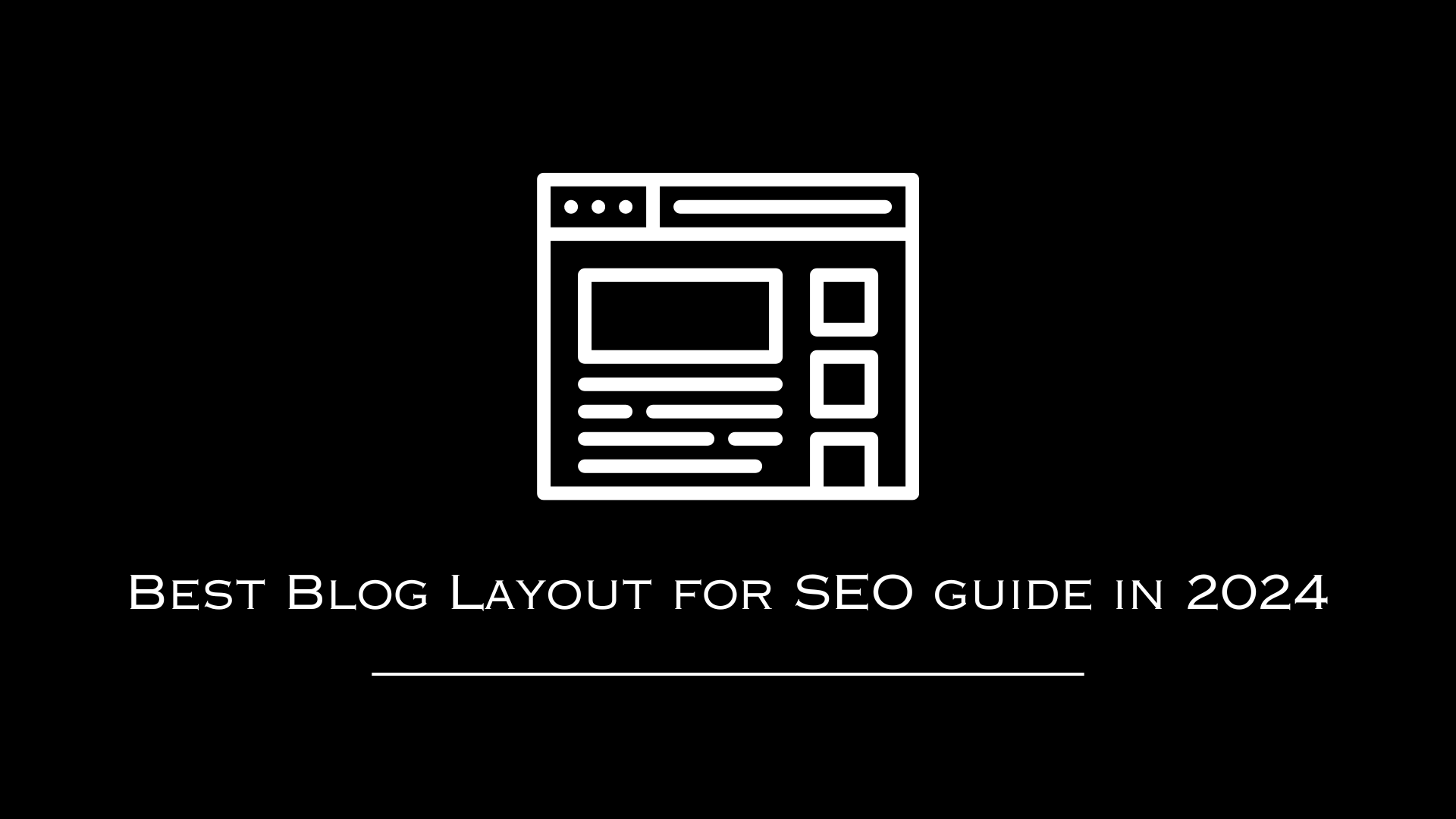AutomationLinks
This blog post has been researched, edited, and approved by expert Hannah Peake. Join our newsletter below to get our free marketing guides.
Here are four simple tips for a doctor content strategy
- Identify and Understand Your Audience: Delve into the specific needs, preferences, and concerns of your target audience. Tailor your content to address these areas effectively, ensuring that your message resonates and provides genuine value to your audience.
- Diversify Your Content Portfolio: Embrace a variety of content formats such as articles, videos, podcasts, and infographics. This approach caters to different learning styles and preferences, ensuring that your message is accessible and engaging to a broader audience.
- Engage and Interact on Social Media: Choose the right social media platforms where your target audience is most active. Adapt your content to fit the style of each platform and engage in two-way communication to build a community around your practice.
- Monitor, Analyze, and Iterate:
Regularly track the performance of your content using analytics tools, gather feedback from your audience, and continuously refine your strategy. This iterative process ensures that your content remains relevant, engaging, and aligned with your audience's evolving needs.
Table of contents
Introduction
Understanding the Power of Content Marketing in Healthcare
Crafting Your Content Marketing Strategy
Engaging with Your Audience Through Social Media
Leveraging Multimedia Content to Enhance Engagement
Measuring Success and Adjusting Strategy
Analyzing Performance and Refining Your Strategy
Conclusion
The Transformative Power of Content Marketing in Healthcare
In an era where 80% of Internet users are searching for health-related topics, the digital landscape has become the new frontier in patient engagement and healthcare delivery. This statistic isn't just a number; it's a testament to the transformative power of content marketing in the healthcare sector. Today, more than ever, patients are turning to online resources for answers to their most pressing health questions, making it crucial for medical professionals to step into the digital arena.
Adapting to the Evolving Digital Landscape
The medical field is not immune to the digital revolution. The landscape is evolving rapidly, with technological advancements reshaping patient expectations and how healthcare services are delivered. In this digital age, a doctor's online presence is just as important as their presence in the clinic. Establishing a robust digital footprint is no longer optional; it's a necessity to stay relevant and accessible to the modern patient. But it's not just about being present online; it's about contributing valuable, trustworthy content that patients can depend on.
Empowering Doctors with Effective Content Marketing Strategies
The objective of this article goes beyond highlighting the importance of content marketing in healthcare. Our aim is to empower doctors with actionable, practical content marketing strategies that resonate with their audience. Whether you're a seasoned medical practitioner or just starting your digital journey, this guide is designed to help you craft a compelling online narrative, engage with your patients meaningfully, and ultimately, enhance your digital footprint. In the following sections, we'll unravel the secrets to creating a successful content marketing strategy, tailored specifically for doctors in the digital age.
Connect With Us On X
Connect with AutomationLinks owner Brad Smith on X (formerly Twitter) here to learn more about advertising. Feel free to message him with any questions about X advertising and marketing.
Crafting Your Content Marketing Strategy
The first step in crafting an effective content marketing strategy is to define and understand your audience. In healthcare, every patient comes with a unique set of needs, preferences, and concerns. It's crucial for doctors to delve into these specifics to create content that addresses the unique pain points of their target audience. This involves researching demographics, understanding common health concerns within these groups, and even diving into the types of questions patients are asking online. By aligning your content with the needs and preferences of your audience, you can ensure that your message resonates, engages, and makes a meaningful impact.
Choosing the Right Content Types and Channels
Once you understand your audience, the next step is to select the appropriate content types and distribution channels. The digital world offers a plethora of content formats, from in-depth articles and engaging videos to informative podcasts and eye-catching infographics. Each format serves a unique purpose and caters to different preferences. For instance, articles and blog posts are excellent for detailed explanations, while videos can make complex medical information more digestible. Similarly, choosing the right channels is paramount. Your website acts as the cornerstone of your content strategy, but social media platforms like LinkedIn, Facebook, and Instagram can extend your reach and foster community. For a more direct and personalized approach, consider email newsletters that deliver your content straight to your audience.
- Know Your Audience: Conduct surveys, monitor feedback, and stay abreast of healthcare trends to understand your audience better.
- Diversify Your Content: Experiment with different content types and measure their performance. Adapt your strategy based on what works best for your audience.
- Choose the Right Platforms: Select platforms where your audience is most active. Optimize your content for each platform to maximize engagement.
- Create a Content Calendar: Plan your content in advance. A well-structured content calendar helps maintain consistency and manage resources effectively.
- Prioritize Accuracy and Compliance: Collaborate with healthcare professionals and legal advisors to ensure that your content is accurate, informative, and adheres to regulatory standards.
Engaging with Your Audience Through Social Media
Social media is a dynamic and powerful tool for engagement, but its effectiveness lies in your ability to choose the right platforms. Not all social media channels are created equal, especially in the context of healthcare. The key is to identify where your target audience spends most of their time and what type of content they consume on these platforms. For instance, professionals may prefer LinkedIn for in-depth articles and discussions, while a broader audience might engage more on Facebook or Instagram with visual content like infographics or short videos. Understanding these nuances enables you to tailor your social media strategy to meet your audience where they are, ensuring your content is seen, heard, and interacted with.
Adapting Content to Suit Different Social Media Norms
Each social media platform has its own culture, style, and set of unwritten rules. Adapting your content to fit these norms without compromising the professional and informative nature of your message is crucial. This might mean transforming a detailed blog post into a series of engaging Instagram stories or a Facebook live Q&A session. It’s about repurposing your core content to suit the format that resonates most with the users of each platform. Remember, while your message remains consistent, the way you present it should vary, ensuring it's not only consumed but also enjoyed and shared, amplifying your reach and impact.
- Research and Identify: Conduct audience research to identify the most relevant platforms for your specialty and content type.
- Customize Your Approach: Tailor your content to fit the unique style and audience of each platform. What works on Twitter may not work on LinkedIn.
- Interact and Engage: Social media is a two-way street. Encourage interaction by asking questions, responding to comments, and participating in relevant discussions.
- Monitor Trends and Feedback: Stay updated with the latest healthcare trends and patient concerns. Use this insight to inform your content creation.
- Maintain Professionalism: Ensure that all your content, regardless of the platform, upholds the professionalism expected in healthcare.
Measuring Success and Adjusting Strategy
In the world of content marketing, creating and sharing your content is just the beginning. To truly understand its impact, you need to measure its performance and listen to your audience. Tools like Google Analytics, social media insights, and email open rates provide a wealth of data about how your content is being consumed. These tools can show you which pieces of content resonate most, how users are finding your content, and what actions they're taking after consuming it. By tracking metrics such as page views, time on page, social shares, and conversion rates, you can get a clear picture of your content's performance. But numbers alone aren't enough; it's also crucial to gather and reflect on direct feedback from your audience, whether through comments, surveys, or direct messages.
Embracing Iterative Improvement for Long-Term Success
The digital landscape is ever-changing, and so are the needs and behaviors of your audience. That's why a successful content marketing strategy is never set in stone. It requires ongoing adjustment and optimization based on real data and feedback. This process of iterative improvement involves analyzing your content's performance, identifying areas of strength and weakness, and making informed adjustments. Perhaps a certain type of content drives more engagement, or a particular topic generates more discussion. By tuning into these insights and being willing to adapt, you can refine your content strategy, improve engagement, and achieve better results over time. Remember, the goal is not just to reach your audience but to resonate with them, and that requires a willingness to learn, evolve, and grow your strategy continuously.
- Set Clear Goals: Define what success looks like for each piece of content, whether it's increasing website traffic, generating leads, or boosting engagement.
- Use the Right Tools: Leverage analytics tools to track performance metrics. Understand what each metric tells you about your audience's behavior and content preferences.
- Gather and Act on Feedback: Encourage and monitor feedback. Use it to understand your audience's needs and preferences better.
- Test and Learn: Don't be afraid to experiment with new content formats or topics. Use A/B testing to learn what works best.
- Review and Adjust Regularly: Set regular intervals to review your content's performance. Use your findings to inform your future content strategy and make necessary adjustments.
Analyzing Performance and Refining Your Strategy
In the landscape of content marketing for doctors, understanding and utilizing metrics and analytics is pivotal for evaluating the success of your strategy and making data-driven decisions. Key Performance Indicators (KPIs), such as website traffic, engagement rates, conversion rates, and social media metrics, offer invaluable insights into how your content is performing. Tools like Google Analytics, social media analytics, and an email marketing software like MailerLite provide a clear view of your content's reach, engagement, and the actions your audience is taking. By monitoring these metrics, you can discern which pieces of content are most effective at drawing in your audience, which topics resonate the most, and which formats are preferred by your audience. This data-driven approach allows you to understand not just the 'how many,' but the 'who,' 'what,' and 'why' behind the interactions with your content.
Embracing Feedback and Iteration for Continuous Improvement
While metrics give you a quantitative look at your content's performance, direct feedback from your readers offers qualitative insights that are just as crucial. Engaging with your audience through comments, surveys, or direct communications allows you to gather valuable feedback on your content's relevance, quality, and impact. This feedback is a goldmine for understanding your audience's needs, preferences, and pain points. Equipped with this knowledge, you can refine your content strategy, making it more aligned with your audience's expectations and needs. Iterative improvement is key; by continually analyzing performance, gathering feedback, and making informed adjustments, you ensure that your content remains dynamic, relevant, and effective. This ongoing process of refinement helps in fine-tuning your message, enhancing engagement, and ultimately, solidifying your position as a trusted authority in your field.
- Track the Right KPIs: Identify the metrics that best align with your content goals. Regularly monitor these KPIs to gauge your content's performance.
- Leverage Analytical Tools: Utilize tools like Google Analytics, social media insights, and email marketing metrics to gain a comprehensive view of your content's performance.
- Solicit and Incorporate Feedback: Encourage your audience to provide feedback. Actively listen to their comments and suggestions to understand their perspective and content preferences.
- Adopt a Test-and-Learn Approach: Experiment with different types of content, formats, and distribution channels. Use A/B testing to determine what resonates best with your audience.
- Regularly Review and Adjust: Set a schedule for regular review of your content strategy. Use the insights gained from analytics and feedback to make informed adjustments and enhance your content's effectiveness.
Leveraging Multimedia Content to Enhance Engagement
In the digital age, the attention of your audience is fragmented across various platforms and content formats. To capture and retain this attention, it's essential to diversify your content strategy by incorporating a range of multimedia elements. This can include educational videos, informative podcasts, engaging infographics, and interactive webinars. Each format caters to different learning styles and preferences, thereby broadening your reach and deepening engagement. Videos can demonstrate procedures or explain complex medical conditions in an easily digestible format, while podcasts can offer in-depth discussions on health topics for those who prefer audio content. Infographics, on the other hand, can simplify complex data and statistics, making them accessible at a glance. By leveraging these diverse formats, you can cater to the varied preferences of your audience, ensuring that your message is not just heard, but also resonates with a broader audience.
Strategies for Integrating Multimedia into Your Content Marketing
Incorporating multimedia content into your strategy requires thoughtful planning and execution. It's not just about creating content in different formats, but also ensuring that each piece is informative, engaging, and aligned with your overall content strategy. When creating videos, focus on high-quality production and clear, concise messaging. For podcasts, consider engaging discussions with other experts or patient success stories. Infographics should be visually appealing and data-driven, offering valuable insights at a glance. Additionally, it's important to optimize each piece of content for search engines and social sharing, ensuring that your multimedia content is discoverable and shareable.
- Understand Your Audience's Preferences: Research and understand which types of multimedia content your audience prefers and how they consume it.
- Focus on Quality Production: Ensure that your multimedia content is of high quality, with clear audio, sharp visuals, and professional editing.
- Keep Content Informative and Engaging: Whether it's a video, podcast, or infographic, make sure the content is engaging, informative, and offers real value to your audience.
- Optimize for SEO and Sharing: Incorporate relevant keywords, compelling titles, and descriptions to make your multimedia content SEO-friendly and encourage sharing.
- Promote Across Platforms: Share your multimedia content across your website, social media channels, and email newsletters to maximize reach and engagement.
Recapping the Journey to Effective Content Marketing

As we navigate through the intricacies of content marketing, it's clear that establishing a robust online presence is no longer optional for healthcare professionals; it's imperative. From understanding the transformative power of content marketing in building trust and engaging patients to crafting a strategy that resonates with your audience, we've explored the pillars that underpin a successful digital footprint. We've delved into the significance of selecting the right platforms, adapting content to suit various mediums, and the crucial role of analytics in refining your strategy. Moreover, the integration of multimedia content further enriches the tapestry of your online narrative, ensuring that your message not only reaches but also profoundly impacts your audience.
A Call to Empowerment and Action
Now, the path forward is yours to take. This journey isn't just about understanding the components of a successful content marketing strategy; it's about taking the leap and implementing these strategies to amplify your voice in the digital healthcare landscape. Embrace the opportunity to showcase your expertise, to connect with your audience on a deeper level, and to build a practice that's not just healthcare-oriented but is also digitally savvy. Remember, every blog post you write, every video you share, and every feedback you incorporate brings you closer to the community you serve and the practice you envision.
Buy this website
Website template for a Doctor
- Professional and Trustworthy Design
- Patient-Centric User Experience
- SEO-Optimized for Maximum Visibility
- Responsive and Mobile-Friendly
- Content-Ready Structure
Frequently Asked questions
AutomationLinks
AutomationLinks is a digital marketing agency located in Wilmington North Carolina. We have worked with over 6,000 businesses and nonprofits over the last 10 years. We believe in a relationship marketing approach to help you turn visitors into customers using automation.





